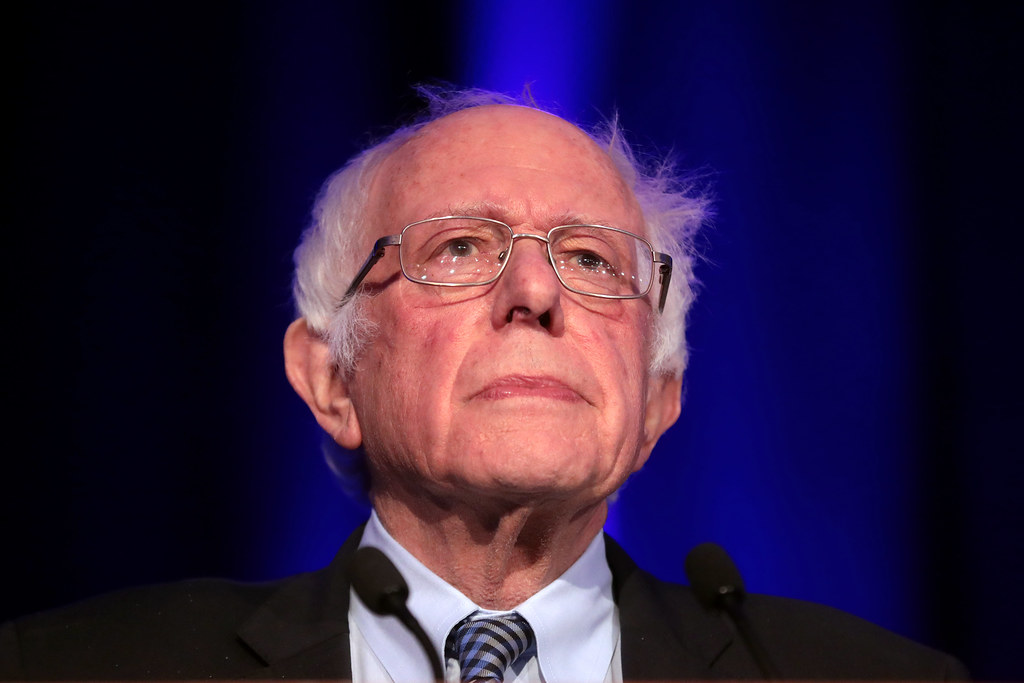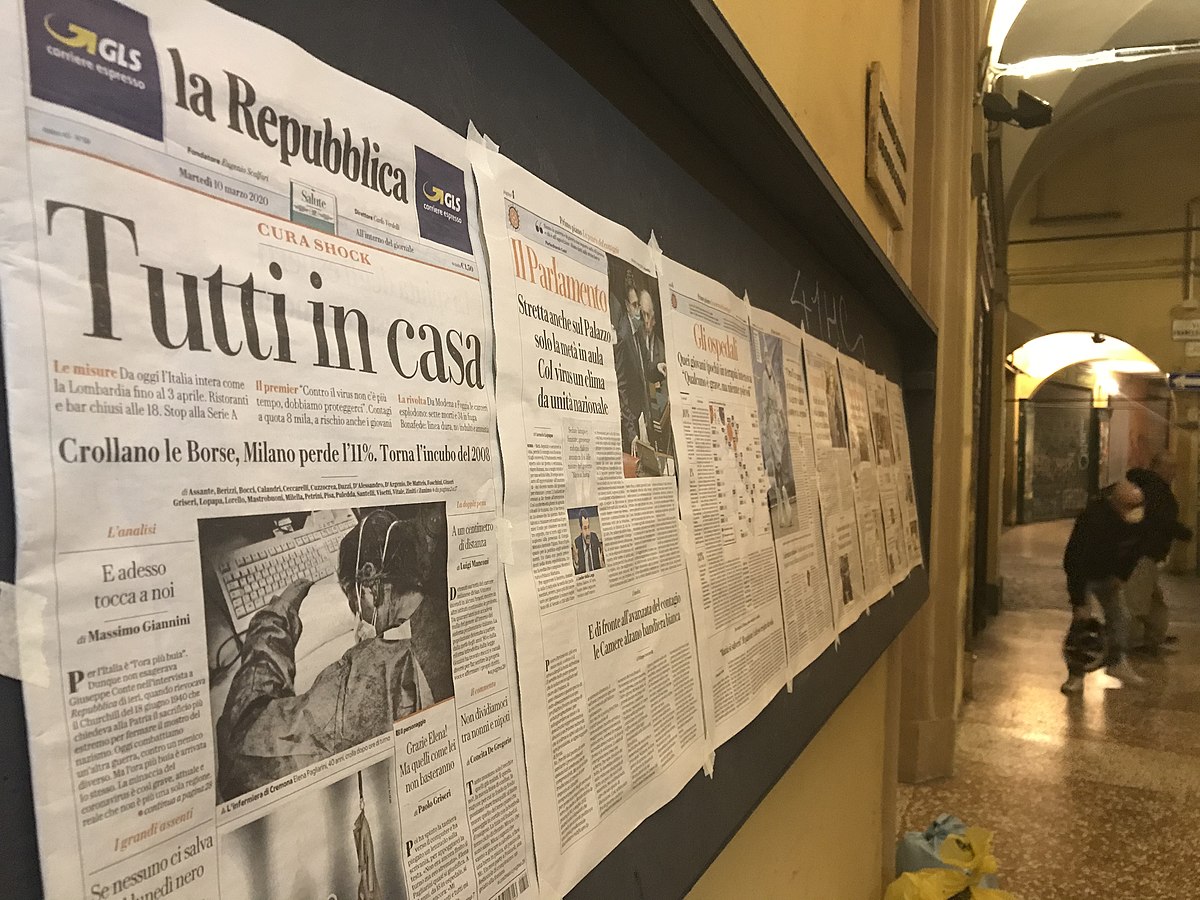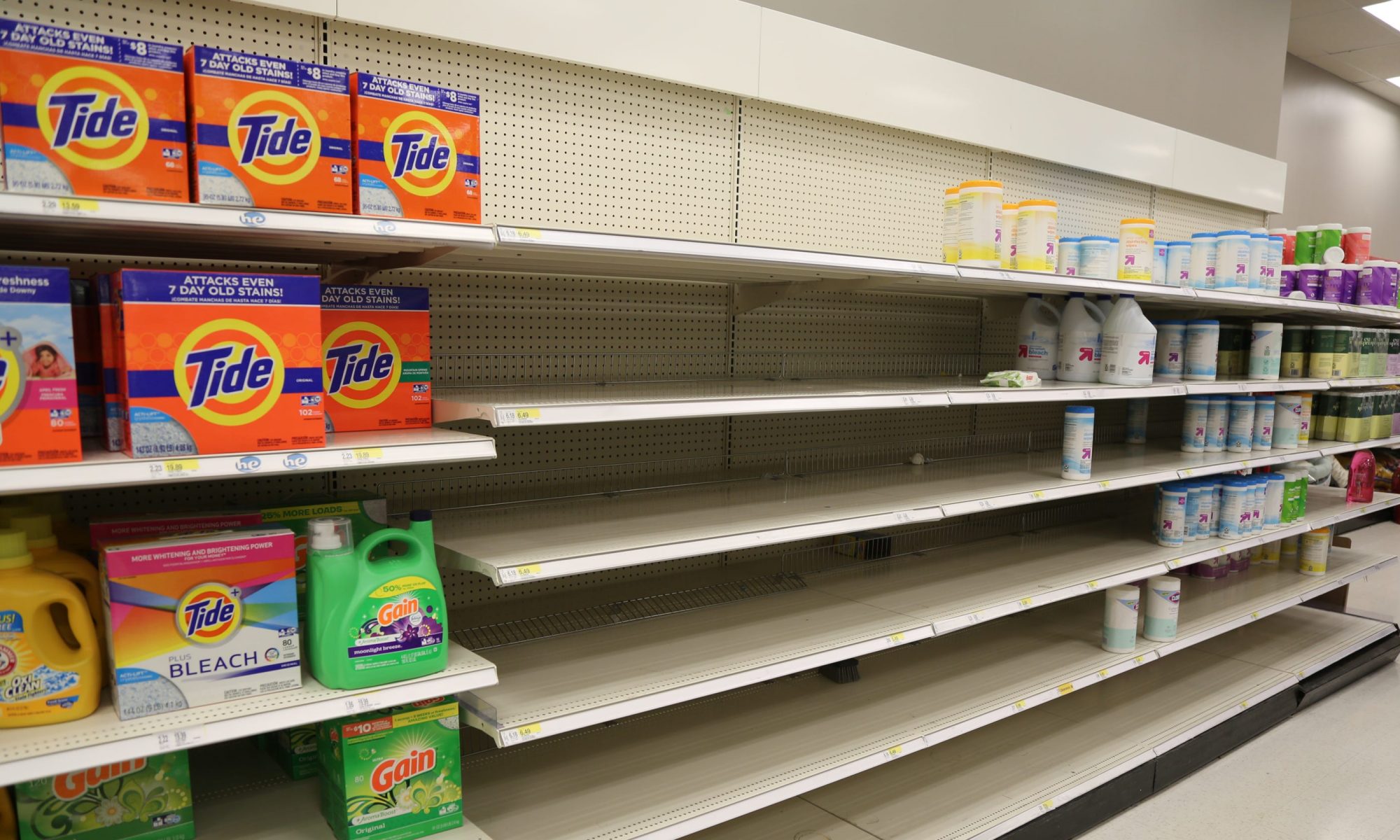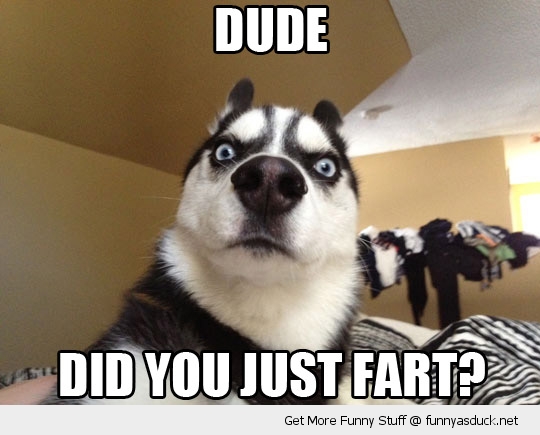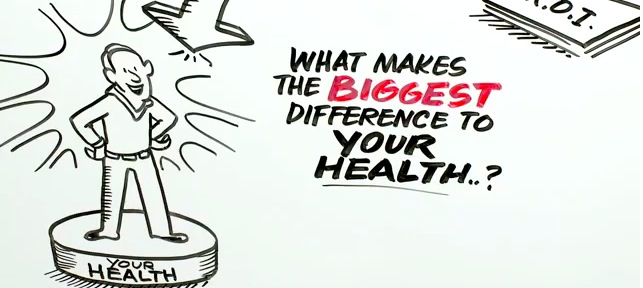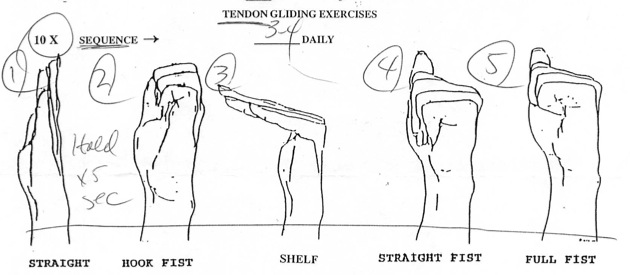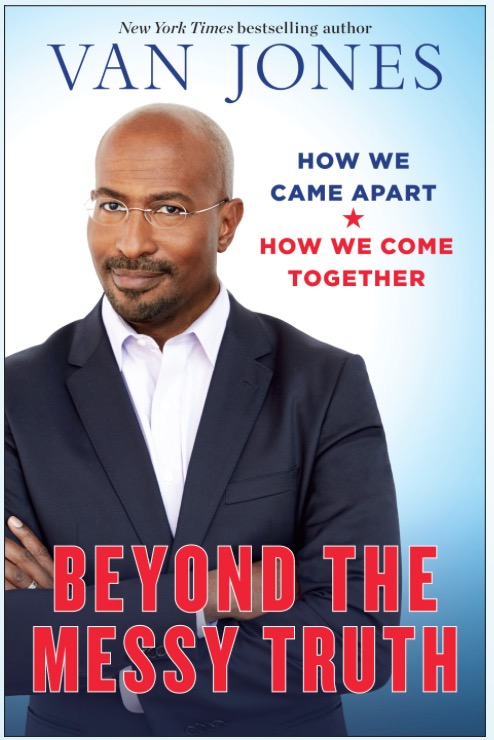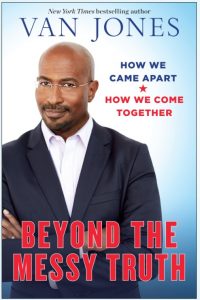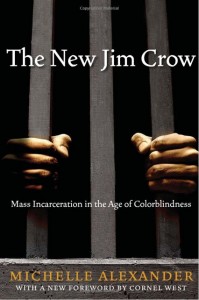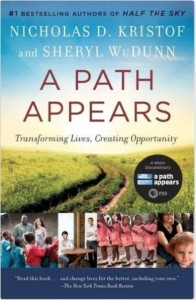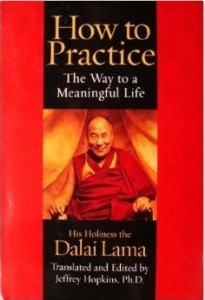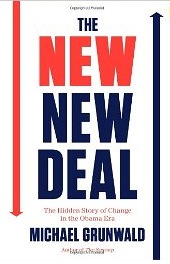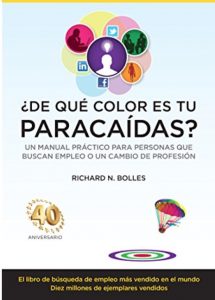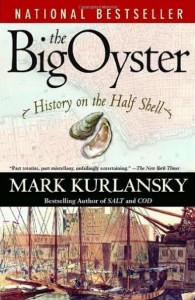In a brilliant New Yorker article, Keeanga-Yamahtta Taylor lays out the steps by which the abandonment of middle and poor Americans by both US political parties led to society’s present collapse. Although the coronavirus was the immediate trigger, the erosion of society’s wellbeing began way back in 1969. Collapse was an occurrence primed to happen at some point, and now just happened to be the time.
For 50 years, since 1979, national leaders increasingly backed away from their obligation to care for vulnerable and working class Americans. As they did, financial instability increased and the chance to acquire wealth became much more limited. Those were the perfect conditions for the meltdown known as American life in the days of the COVID-19 pandemic.
Millions were driven into a state of deprivation that made happy lives impossible. And over time, the country destabilized economically. Students were still paying back college loans into their golden years. Aspiring homeowners could not afford mortgages. Urban residents live with air quality so poor that one in four has asthma and health concerns affect all areas of family’s lives. Poor health affects the’ ability to earn adequate incomes and keep up with the demands of digital life.
For years, the United States has gotten away with persistently chipping away at its weak welfare state by hiding or demonizing the populations most dependent on it. The poor are relegated as socially dysfunctional and inept, unable to cash in on the riches of American society ... The debate over the role of government in addressing income inequality, housing insecurity, debt accumulation, and health care continues, now against the grim backdrop of the raging coronavirus. It is difficult to articulate the speed with which the U.S. and, indeed, the world, has descended into an existential crisis.

